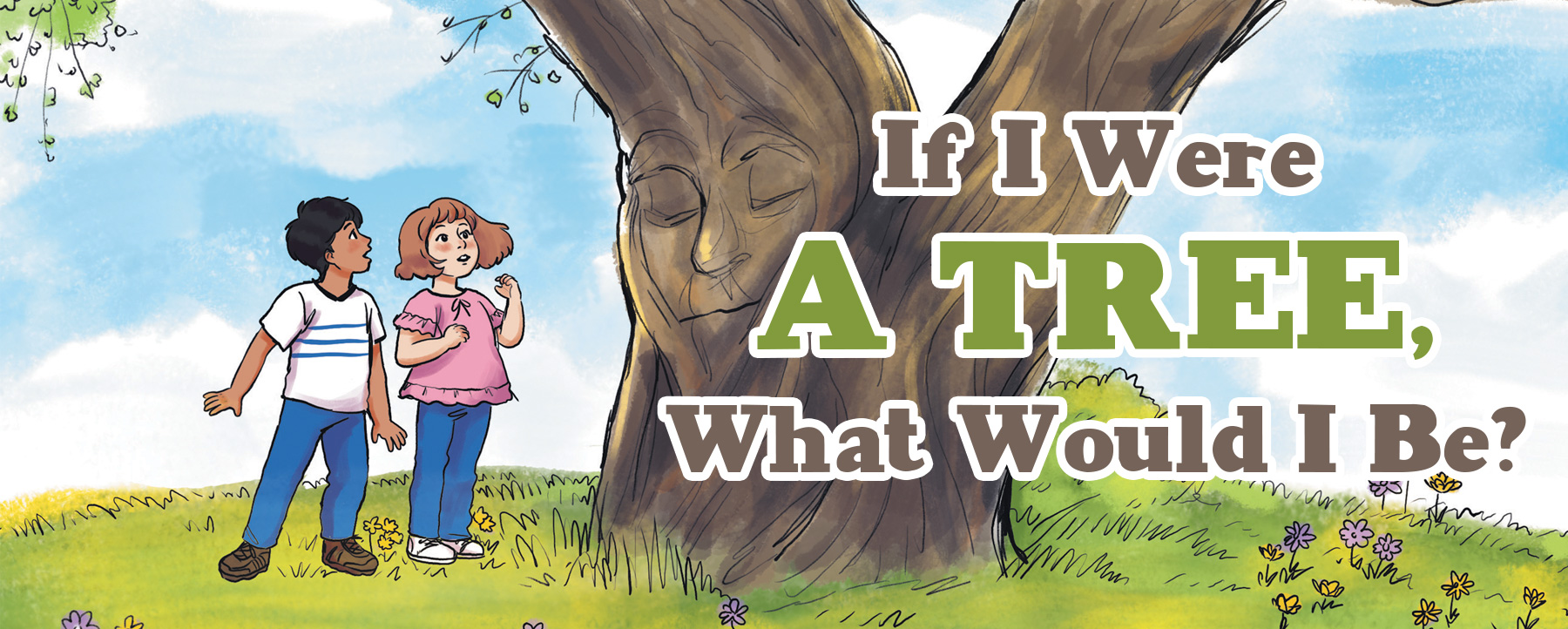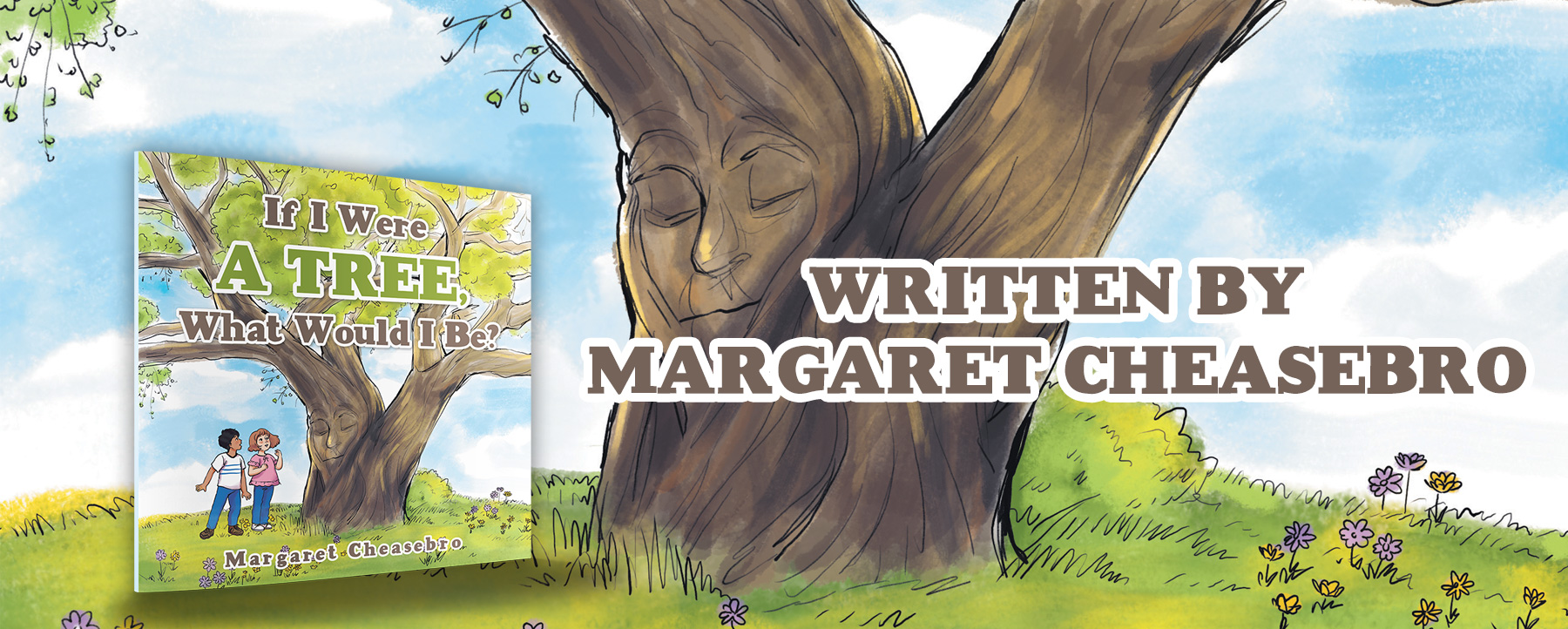Have you ever enjoyed being around a tree so much that you spent a lot of time visiting it?
If you have, you’re not alone. A professor in England wanted so much to learn more about an 800-year-old Honywood Oak that he spent two years visiting it. He went at many different times of the day and night to simply observe the huge tree, which measured 28 feet around at the trunk.
James Canton, a professor from the University of Essex in the United Kingdom, frequently went to North Essex, England to study the tree. Then he wrote a book about it called The Oak Papers. In it, he shared what he learned as he listened to the natural world while he visited the oak.
Canton began his study in 2012, when he was teaching in a local school not far from the Honywood Oak. It grows on the Marks Hall Estate, which is a small English estate that once included thousands of acres of ancient woodlands.
His plan was to learn more about the ecology of the oak tree, about the ecosystem and creatures that lived in and near the oak. When he first visited the oak, he met the curator of trees on the estate, who gave him permission to enter the estate through a hidden gate so he could spend time alone with the oak.
The curator told him that only 60 years before that, there were perhaps 300 oaks about the same age as the Honywood Oak on the property. They had all been cut down for cash. Only the Honywood Oak survived. That made it seem even more special to Canton. The tree has lived through 30 generations of humans and is still a healthy, vibrant tree.
During an interview that appeared on the website treehugger.com, Canton said, “I went to the Honywood Oak at least once a week or so for around two years. For many months, it was more like a daily pop in to say hello. Doing so became part of my life. The oak was on the way between the school where I was teaching and my home, so stopping off there became part of my routine. I would sit on a bench beside the oak with a pile of reference books, my notepad, and binoculars and simply pass the time.”
As he sat quietly by the tree, he noticed that animals would come up to him. “A treecreeper flew by my nose and disappeared into a crevice in the bark a couple of feet from me,” he said. A treecreeper is a small, active bird with a long, slender, downcurved bill that lives in trees. Its upper body is a speckly brown color, and its underbelly is mainly white.
He visited the tree in all kinds of weather, including snow, rain, storms and sunshine. He spotted tracks of different animals and watched woodpeckers in the oak’s upper branches. In addition to the many things he observed, he also felt a lot of peace and calm beside the tree.
He learned that for thousands of years, oak trees have provided hard wood to build homes and fuel fires. Their acorn crops have helped to sustain animals and humans during seasons when other crops didn’t grow well and during harsh winters. Some people make flour from acorns for their bread.
Canton learned while he quietly observed the tree and the other plants and animals around it that he was part of nature too. “We can learn to recognize that we are of nature rather than seeing ourselves as separate,” he said. “That is a vital truth to learn.”
Canton’s book, The Oak Papers, was published by Harper One in 2020. If you decide to read it, you could order it at your local bookstore.
Maybe you can create your own experience of observing a tree over time to see what you can learn. It might be a lot of fun, and it could even turn into a really amazing school project.


